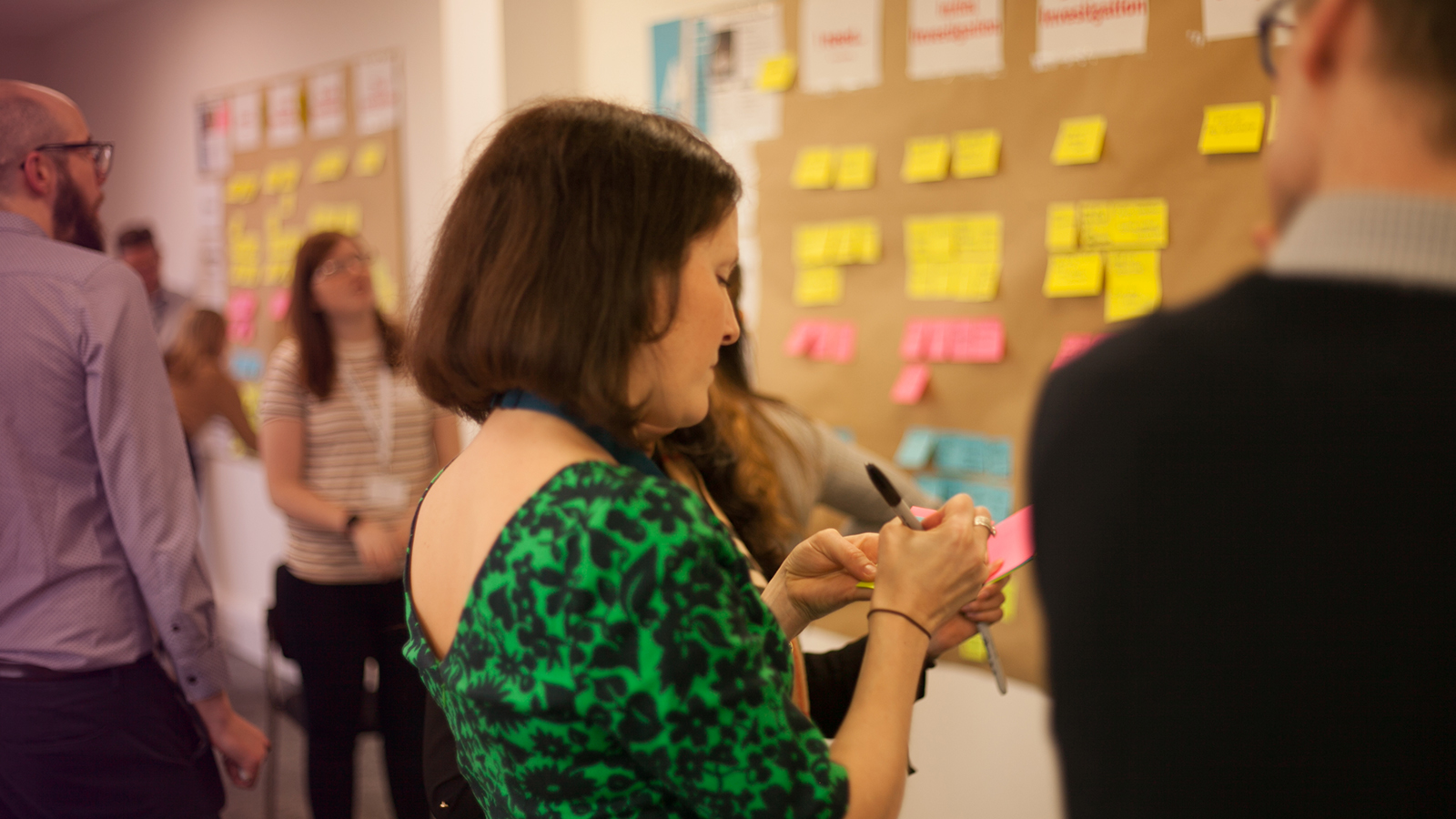Having cleared the hurdles of actually being able to do the job, the costs being acceptable, and taking references, the determining factor in our wins has been the people, our approach and whether we’re the ‘right agency’ to work with.
We think the marginal gains that made us the "right agency to work with" is this ingredient which is almost intangible, difficult to influence and very hard to standardise, called "chemistry".
Arguably this should always be the case, or at least more often, but the fact that we’re actually being told by our new clients that these are the core reasons for us winning the accounts, means it seems to be the exception and not the rule.
Why us?
For some of our new clients it has been an intangible feeling that the chemistry is right and that we’ll be brilliant business partners. For others it’s appreciating that we stood our ground and refused to deliver on their original brief because we didn’t feel it was the right approach to accomplish their project objectives.
And there’s the rub. These are two entirely different reasons for success and we could never have taken either one of these approaches and secured business from both of these very different sets of clients.
Same team, same internal process, same thinking, but delivered in an entirely different way, to best meet the client’s business and audience needs. Go figure!
Good thing or bad thing?
Did we compromise in either case? Have we ended up being two different agencies and do we now risk internal confusion? Should we only ever pitch to one type of client?
In short: no.
Our distinct approaches were just examples of ‘user-centric pitching’. Examples of our applying the same attitude to our clients as we take to to our own business i.e. there’s no ‘one size fits all’ approach, though there are pitch principles that we stick to pretty rigidly.
This also explains - to a degree - why we turn down quite a number of opportunities. Mandatory technology we can’t work with, unrealistic budgets and immovable (normally too short) deadlines are relatively easy reasons to decline pitches. What’s harder is to know whether we should go for a tender/RFP where we can’t meet with or talk to a client to get greater clarification on their requirements or assess whether they are the right cultural fit.
The perfect fit
I’d say the best client/agency relationships start with openness from day one.
Yes, it requires a greater focus and more commitment from the client at the longlist/RFI stage, but to make a full assessment based on a document, or an hour and a half across a table with total strangers, surely can’t be the way to foster an effective agency relationship.
None of this is new. I’ve been doing this for the best part of 30 years and it still saddens me to think there are lots of flawed client/agency relationships - those which only get going when they meet as complete strangers in the kickoff for the first time. After a few weeks many must wonder, ‘How did we get here?’ (that applies to both parties, not just the client).
Making a change
So what will it take to improve this situation in general?
- Recognition from clients that a ‘proper’ agency working relationship will be a supplier/customer partnership - so the best advice is to look for someone you they can work with from the start
- Honesty and transparency from agencies around pricing, the team, the barriers, boundaries and expectations and (wherever possible) for clients to be crystal clear about budget expectations
- For clients not to ask for a fixed price before the detail has been worked through. Seriously. It’s a bad move for both parties and such a gamble too!
- For more of us in the industry to treat the process like recruiting – recruit based on a fit with your values and the candidates’ attitude, not short term ability matching and box-ticking exercises
What role do chemistry meetings play?
The more enlightened representatives of the purchasing department (and there are increasingly more of them) sit in on the initial chemistry meetings.
Early chemistry meetings were a standard part of the Ad agency process of old, and are becoming increasingly more visible in ‘integrated’ or ‘digital’ agency pitches today.
However, good chemistry meetings are still a notable rarity with project-based work – particularly in digital – where a business might be committing a significant proportion of its budget.
In the case of website development, even an enterprise level build, it’s still often viewed as a project which ends when the domain name server (DNS) is re-pointed and the internal email goes out.
But that’s a subject for another blog…

